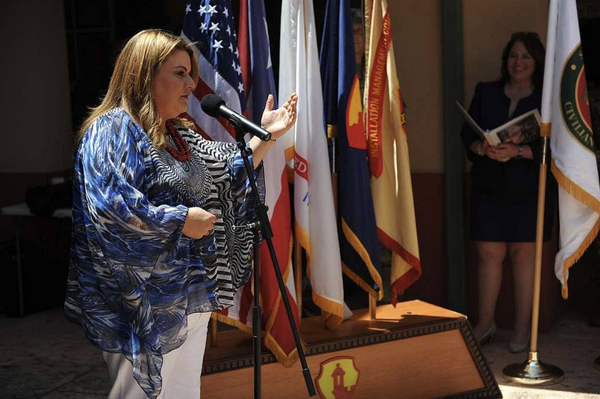
Workers have been evacuated from a roadway tunnel project in Sydney's south after a sinkhole caused a nearby building to partially collapse.
A multi-agency operation is under way at Rockdale, where crews are working to determine the extent of the instability.
The hole has so far measured about 20 metres in diameter and caused a two-level office block to sag in the middle.
About 20 people were evacuated from the area but no one was inside the building at the time.
Australian Workers Union organiser Steven Ackerman said workers in the M6 tunnel project below the site noticed falling debris coming from the roof of the excavation early on Friday morning.
The workers tried to stop the falling material but quickly realised too much was coming down and evacuated the site.
"All the processes worked as they should have and they acted quickly to ensure everyone was able to get out safely and was accounted for," Mr Ackerman told AAP.
"Since this morning we've been told the sinkhole site has grown ... they won't be returning to work in that area until it is deemed safe to do so."
Firefighters have set up laser monitoring equipment to help detect possible further movement, while engineers are determining how to shore up the building.

Experts are also working to assess the extent and cause of the collapse.
Fire and Rescue NSW crews have established an exclusion zone and people have been asked to avoid the area.
Acting superintendent Mat Sigmund said crews were working with engineers to safely secure the site.
"The plan will involve introducing large volumes of concrete to the subsidence area underneath the structure that has suffered partial collapse," he told Sydney Radio 2GB.
"That is intended to shore up the structure to prevent further collapse of that structure and prevent further subsidence of the earth below."
Premier Chris Minns said there had been an engineering challenge with the tunnelling works and experts were on the scene.
"I know the builders of the road regarded that part as one of the most tricky because it's the closest to the surface at only 16 metres, whereas a lot of the rest of the project could be up to 60 metres underground," he told reporters.







